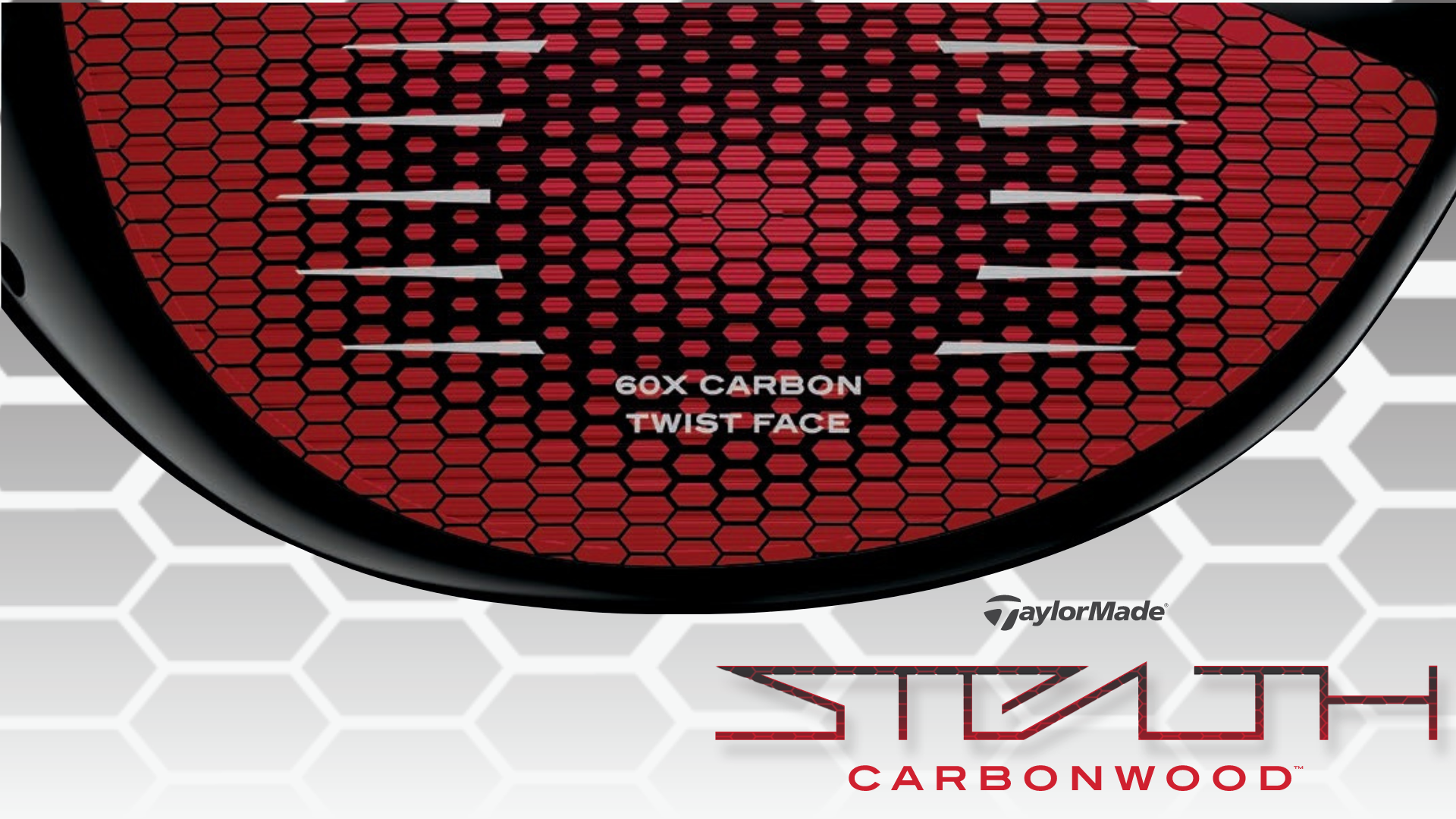What is in a name? In the case of Stealth, a lot. This project has been 20 years in the making, and with two decades of secrecy finally coming to light, the name reflects our need to keep this under wraps for so long. So, as we unveil the Carbonwood™ age, it’s only fitting that we kick things off with Stealth.
Now, let’s pull back the curtain and take a closer look at the stealthy work our team has done for the past 20 years.
The timeline starts in 2000, when a team of engineers explored the benefits of using advanced composite materials (a.k.a. carbon) for structural components in golf club designs. After dozens of design iterations, prototypes, and tests, one team branched off to focus their efforts on optimizing the engine of a driver: The face.
Right off the bat, carbon gave us a lighter face, creating the opportunity for better weight distribution to enhance forgiveness and performance. To put that in perspective, Stealth’s face is 44% lighter compared to a titanium face of the same size. This alone was an exciting revelation. You must understand, weight savings to a golf club engineer is like striking gold. However, the launch and forgiveness enhancements weren’t the only gems in that treasure trove.
Several years of testing and countless prototypes later, engineers could confidently say that carbon faces yielded significant ball speed increases with a higher ceiling than titanium.

“In the mid-2000s, our research team developed an understanding that the weight of the face can affect impact efficiency. More specifically, the lighter the face, the more efficient the impact and the better the ball speed. We realized titanium faces could only take us so far and carbon would be the face material of the future.”
– BRIAN BAZZEL, VICE PRESIDENT OF PRODUCT CREATION, TAYLORMADE GOLF
Digging deeper into that concept, because carbon is lighter and less dense than titanium, less resistance and more efficient face flexure lead to a better energy transfer from the clubface to the ball at impact. The result: Faster and more consistent ball speeds.
Armed with proven performance benefits and working prototypes, the team began the long journey of tackling the technical challenges of creating a carbon face driver that could stand up to the rigors of the golfing world. The first hurdle was durability.
In most cases, carbon is used in structural applications like lightweight racecars, aircraft or performance bikes. Not for absorbing the 30,000Gs of force produced when a driver face smashes into a golf ball. Taking a step back, here’s the thing about carbon. It’s exceptionally strong along the lines of fiber orientation. However, if you stretch it perpendicular to the flow of the fibers, it can be susceptible to damage. We tried hundreds of different patterns of layered carbon before landing on the right one: A 60-layer orientation that can handle all the various force directions produced by impact. Overall, it creates the same type of consistent mechanical properties you get from titanium.
Durability? Check.
This brings us to 2009. By this stage, we’d mapped out all the advantages of carbon and started to develop a game plan to attack its disadvantages. The smooth surface meant that it was susceptible to scratches and abrasions. Also, in certain conditions (such as heavy rain), the face needed additional texture and scorelines to produce optimal launch properties. Therefore, we journeyed to create a protective layer that would accomplish both.

Over the next five years, engineers teamed with golf ball chemists who used their extensive experience with urethane – think TP5, TP5x and Tour Response – to develop an all-new polyurethane material specifically for carbon drivers. The result exceeded everyone’s expectations. Through rigorous testing, we learned how to design and apply the cover with the textured roughness, scorelines, and precise thickness to achieve optimal launch and spin properties in all conditions. This became Stealth’s acclaimed nanotextured cover and unlocked the possibility of 60X Carbon Twist Face.
The next significant milestone came in 2013 with the launch of Gloire™ Reserve in select Asian regions. It was the first composite face TaylorMade product on the market. It served as a sign of readiness for this design platform and a learning opportunity as we evolved the design in preparation for where we are today.

SIM2 drivers served as an underrated milestone along the way to developing Stealth. We learned a lot about bonding and adhesives over the lifespan of SIM2, which have four separate components bonded together at multiple connection points. So, at this stage, our engineers are pretty much experts on making things stick together for life. The use of advanced industrial epoxy and established bonding best practices make the assembly for Stealth possible and, more importantly, durable. It also plays a crucial role in creating a rich, premium sound at impact.
This is a new era for us. This is the Carbonwood age, and we’re committed to it for generations to come. We’re going to learn as we grow, and we’re going to get better and better. The same way we did with steel drivers, titanium faces and multi-material construction. Stealth is the tip of the iceberg, and it’s already pushing the limits of performance in the categories of distance, ball speed and durability.
source: TaylorMade

